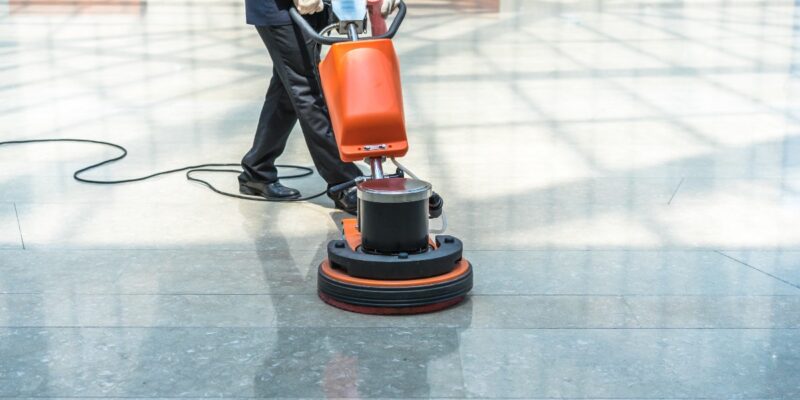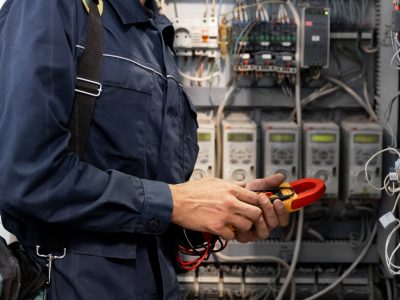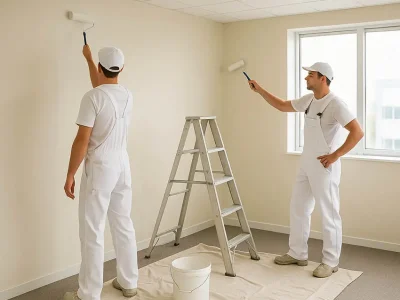Concrete grinding and polishing are crucial processes that every contractor should be well-versed in. It is an essential aspect of any construction work, whether it’s a residential or commercial project. When done correctly, this process can significantly improve the aesthetic appeal of your concrete surface while increasing its durability.
Step 1: Preparation
Firstly, ensure that your work area is clean before you begin grinding. Clear away loose obstacles like wires or tools lying on the ground. This will provide ample space to move around freely during the process.
Also, make sure you have all the necessary equipment on hand. The common equipment required for concrete grinding and polishing includes dust control gear (to avoid inhaling dust), gloves (for handling the machines), and safety glasses.
Step 2: Choosing Your Grinding Machine
The next step is to select an appropriate concrete grinder machine for your needs. These machines come in different sizes and shapes. Choose one based on the size of your surface area.
There are two main types of grinders: single-head grinders, which use one large rotating disc to grind floors, and dual-head grinders, which use two discs spinning in opposite directions. If you are a beginner, it is advisable to use a single-head grinder as they are easier to operate and allow for easy maneuverability. Once you have chosen the best machine type for your project, size, and budget, proceed to fit the disks/tools onto it. Typically, diamond tooling ranges from #10 up to #400!
Step 3: Start Grinding & Polishing!
Now comes the fun and challenging part – the actual grinding process. Follow these steps:
- Begin grinding with the coarsest tooling and work up to finer abrasives.
- Move in circular motions, maintaining a constant speed to achieve a consistent finish across the surface.
- Always slightly overlap each pass with the previous one.
For surfaces requiring heavy-duty floor work, such as industrial halls or garage floors, heavier machinery may be required, sometimes involving hydro blasting with warm water!
Step 4: Apply Densifier & Polish
After completing all stages of surface preparation for polishing, you can start applying densifiers/stain repellents. These substances protect surfaces against spills and stains, giving them brilliant shine and slip resistance.
This step often involves using several machines, including a concrete polisher machine known as a planetary or rotary polisher designed specifically for adding lustre and shine to the existing diamond grind pathways, depending on the desired results.
Step 5: Finishing Up
Once the final polish is complete, perform a walk-through inspection from all sides of your surface. Fix any areas where there may not have been enough levelling during the initial refining stage. Proper sealing requires sufficient drying time (usually around two hours). After everything has dried out, perform an overall quality assurance check before returning to the area!
Concrete grinding and polishing are necessary for constructing commercial and residential buildings. The above guide outlines some basic frameworks practitioners follow when executing their projects correctly. Personalised approaches may vary based on specific needs dictated by budget size, surface type, and targeted results.
With this information, such as choosing the correct tooling grit for specific jobs, determining equipment limitations and maintenance requirements beforehand, and a strict commitment to implementing safety measures, it becomes easier for everyone involved in construction worksites to collaborate effectively!













Comments